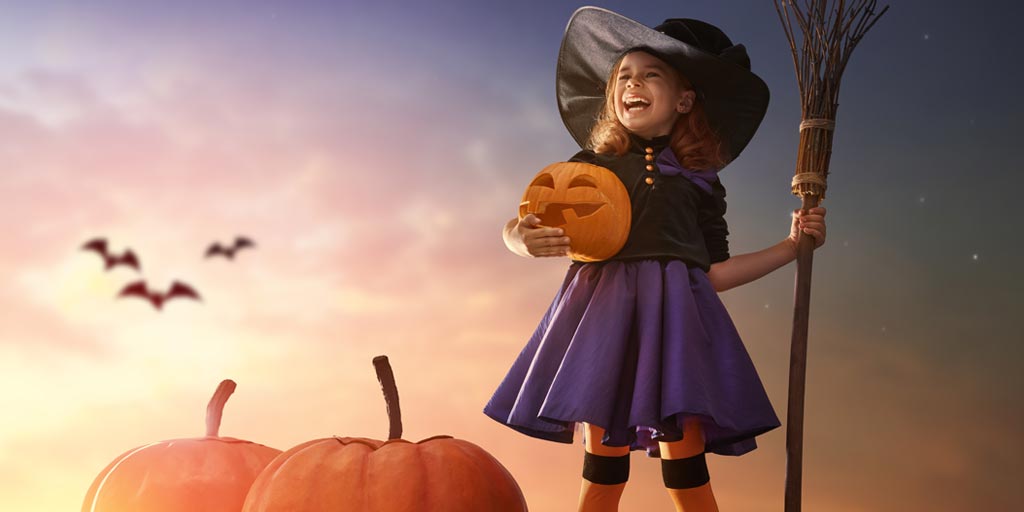Halloween – it’s that time of year! The leaves are changing colors and the October chill has arrived, allowing the occasion for homemade apple and pumpkin dishes, cozy sweaters, and hot cider.. or a hard cider (whichever you prefer). No matter what age you are, Halloween seems to be just as festive as the year before. But Halloween (or a similar celebration) is celebrated differently around the world.
Depending where you are in the world, Halloween is known as Allhalloween, All Hallows’ Eve, or All Saints’ Eve. In the past decade, Halloween traditions have spread worldwide and have become increasingly popular in Europe. Each country still remains unique and has its own way of celebrating life and death.
Read on if you’re interested in learning how other countries celebrate Halloween (or a similar holiday).
1. Austria: Pumpkin Festival (Kürbisfest im Retzer Land)
Austria has a Pumpkin Festival in Retzer Land called Kürbisfest im Retzer Land. On November 11, Austria celebrates Martini which includes costumes and a lantern procession. Some people in Austria believe that if they leave bread, water, and a lighted lamp out, dead souls will be welcomed back to earth for that night.
2. Belgium: Halloween (or All Saint’s Day)
In Belgium some villages celebrate Halloween while other villages focus on celebrating All Saints’ Day. On Halloween night, a Belgian may be found lighting a candle in memory of a dead relative.
3. Canada: Halloween
In Canada, the Halloween celebration began with Scottish and Irish immigrants who arrived in the 1800s. Canada actively celebrates Halloween each year on October 31 with decorations, costume parties, and trick-or-treating.
4. China: Hungry Ghost Festival, the Qing Ming Festival, the Double 9th Festival, and the Spring Festival
Halloween was introduced in China through foreigners such as teachers and expats. In places that have many expats, there will usually be Halloween decor. The more popular days of the dead are celebrated in festivals such as the Hungry Ghost Festival, the Qing Ming Festival, the Double 9th Festival, and the Spring Festival.
5. England: Mischief Night
The “trick-or-treat” custom originated in England known as “Mischief Night.” Whereas we in the US carve pumpkins, English children would carve designs out of large beets which were known as “punkies.”
6. France: Halloween (but it’s not a tradition)
As Halloween is not really a French holiday, there is some controversy pertaining to October 31 festivities. This holiday is a new trend for some of the French and they celebrate with costume parties and dressing in scary outfits.
7. Germany: Halloween auf Deutsch
Halloween auf Deutsch became popular in the 1990s. People start to decorate around mid-October and use Halloween as a party theme. On November 11, Germans celebrate Matinstag which includes costumes and a lantern procession.
8. Hong Kong: Halloween (but Commercialized)
Halloween in Hong Kong has become increasingly popular in recent years. Hong Kong uses Halloween to commercialize its theme parks such as Disneyland and Ocean Park. Hong Kong residents also decorate their shopping centers to reflect the spooky atmosphere.
9. Ireland: Halloween (the original Halloween)
Halloween is considered to have originated in Ireland. There are many similarities between how Halloween is celebrated in Ireland and the US, yet the Irish still have unique traditions. Apart from trick-or-treating, children also play a trick known as “knock-a-dolly” which involves children knocking on their neighbors’ doors and running away before they answer them. Additionally, the Irish play a card game on Halloween whereby kids will choose a card and receive whatever prize is indicated on it. The Irish traditionally eat a fruitcake called barnbrack on this day. Barnbrack has a treat baked inside the cake and, depending on which treat is inside, will foretell the future of whoever receives it.
10. Japan: Halloween (but Commercialized)
Halloween in Japan became popular when Tokyo Disneyland and Universal Studios Japan began to promote Halloween celebrations. In 2000, Tokyo Disneyland had its first Halloween event, which has grown tremendously in popularity. The Japanese currently enjoy celebrating with decorations and dressing up in costumes.
11. Korea: Chuseok (Harvest Festival)
Halloween is not celebrated in Korea. However, Korea has a harvest festival called Chuseok (Korean Thanksgiving Day). During Chuseok, Koreans visit the places where their ancestors used to live and feast on traditional Korean food.
12. Latin America/Mexico/Spain: Day of the Dead (or Dia de los Muertos)
Dia de los Muertos (Day of the Dead) is the popular celebration in these regions. The belief is that on October 31, spirits visit their families and then depart again on November 2. The families set up decorations and food for the arrival of the spirits. This time period represents a celebration of death as opposed to mourning.
Share this post to help spread language and culture inclusivity of holiday traditions!
Join 5,000+ other professionals and receive the best language tidbits and tips straight to your inbox!
Other Related Articles
How To Say Merry Christmas In 30 Languages


